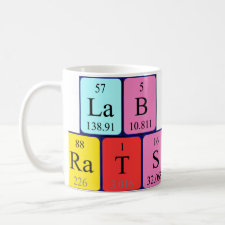
Authors: Cai Y, He X, Cui PL, Liu J, Li ZB, Jia BJ, Zhang T, Wang JP, Yuan WZ
Article Title: Preparation of a chemiluminescence sensor for multi-detection of benzimidazoles in meat based on molecularly imprinted polymer.
Publication date: 2019
Journal: Food Chemistry
Volume: 280
Page numbers: 103-109.
DOI: 10.1016/j.foodchem.2018.12.052
Alternative URL: https://www.sciencedirect.com/science/article/pii/S0308814618321563
Abstract: In this study, a molecularly imprinted polymer capable of recognizing 8 benzimidazoles was first synthesized. The computation simulation showed that the shape and size of used template were the main factors influencing its recognition ability. Then the polymer was used as recognition reagent to prepare a chemiluminescence sensor on conventional 96-well microplate. The sample solution and a HRP-labeled hapten were added into the microplate wells to perform competitive binding, and the light signal was initiated with 4-(imidazol-1-yl)phenol enhanced luminol-H2O2 system. The optimized sensor was used to determine the residues of 8 benzimidazoles in mutton and beef. Result showed that the sensor achieved ultrahigh sensitivity (limits of detection of 1.5-21 pg/mL), rapid assay process (18 min) and satisfactory recovery (65.8%-91.2%). Furthermore, this sensor could be reused for 4 times. Therefore, this sensor could be used as a rapid, simple, sensitive and durable tool for screening the residual benzimidazoles in meat
Template and target information: benzimidazoles, mebendazole
Author keywords: Benzimidazoles, molecularly imprinted polymer, Computation simulation, Chemiluminescence sensor, Meat



Join the Society for Molecular Imprinting

New items RSS feed
Sign-up for e-mail updates:
Choose between receiving an occasional newsletter or more frequent e-mail alerts.
Click here to go to the sign-up page.
Is your name elemental or peptidic? Enter your name and find out by clicking either of the buttons below!
Other products you may like:
 MIPdatabase
MIPdatabase









